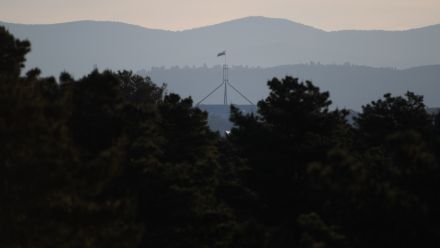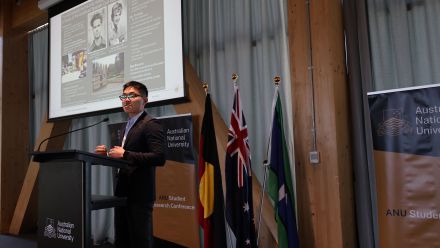How Twitter fuelled the Black Lives Matter movement
A new study from The Australian National University (ANU) shows how Twitter helped shape the Black Lives Matter movement.
Lead researcher Professor Colin Klein said the immediacy of the social media platform allowed it to play a crucial role in spreading information and organising protests. It also become an important platform for right-wing reactions.
The analysis of more than 118 million tweets in 2020 and 2021 saw three distinct groups emerge on Twitter: right-leaning, centre-left, and left-wing activists.
These groups differed not only in the content they were sharing and the language they were using, but also in how long their tweets continued to gain traction.
"Content coming from the cluster of activist accounts spiked the highestin terms of reactions, but it also decayed the quickest," Professor Klein said.
"Whereas the right-wing tweets tended not to spike as high, but they also decayed much more slowly - you get a much more sustained response.
"This is similar to what researchers have found in the wake of say a mass shooting in the US. You get a lot of attention around gun control very early on, but a much longer-lasting interest in gun purchasing."
Professor Klein said there was a significant spike in online activity after the murder of George Floyd in May of 2020.
"We also saw a shift in the way right-wing accounts were framing things. Early on they were more split, and there was a lot of pro-police rhetoric. After George Floyd's murder this was swamped by the 'activists as terrorists' framing."
The study also showed the link between tweets and Black Lives Matter (BLM) protests.
"For activists we can see protests acted as an indicator for the number of tweets, but also the number of tweets acted as an indicator for protests," Professor Klein said.
"You can clearly see the patterns of political engagement. Activists drive and are driven by protests, while the right reacts more to the political context."
The most commonBlack Lives Matter hashtags were #BlackLivesMatter, #GeorgeFloyd, #BreonnaTaylor, #Black and #ICantBreathe.
These hashtags helped BLM content go viral. But Professor Klein believesTwitter could take more responsibility when it comes to this type of viral content.
"Algorithms don't simply promote tweets at random, they promote tweets of a certain age, with a certain speed and with a certain history of visibility," he said.
"Twitter could step up by realising that different political interests have different dynamics on Twitter, and algorithmic choices can shape those dynamics in counterproductive ways."
The work was part of an Australian Research Council Discovery project and was undertaken with academics at Macquarie University and The University of Melbourne. The study has been published in Humanities and Social Sciences Communications.


